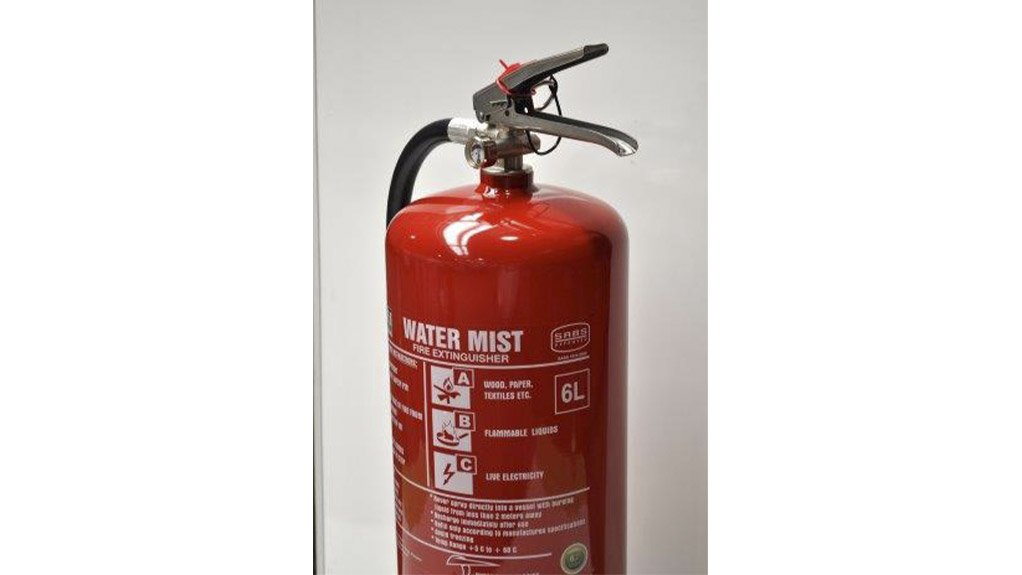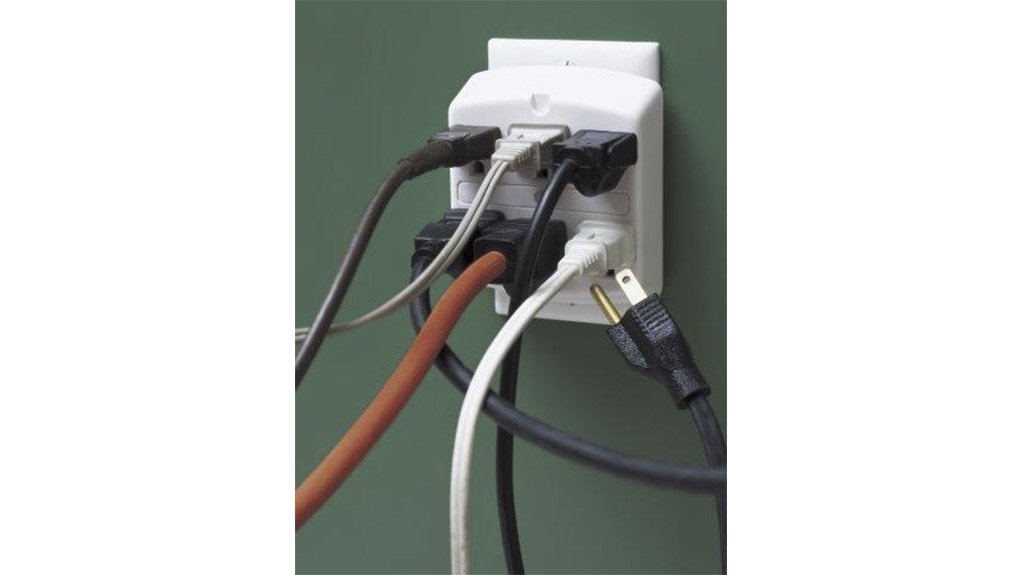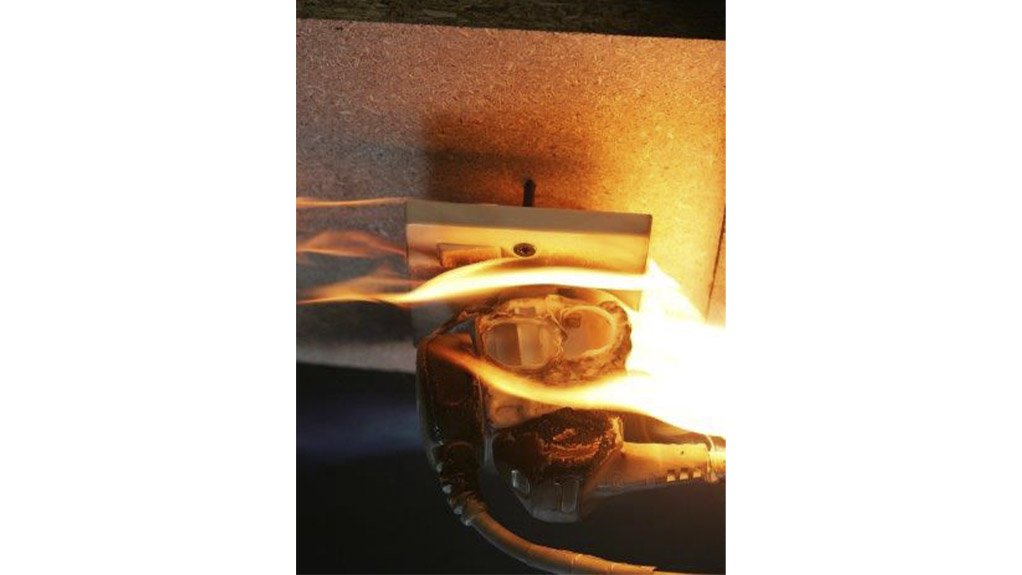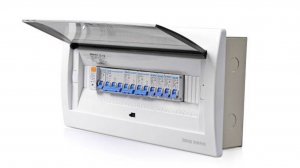With winter fast approaching and people already beginning to unpack their electric heaters and blankets, what are the fire-risk implications that people need to be aware of? ASP Fire CEO Michael van Niekerk outlines the main areas of concern for homeowners.
Be aware of electrical sources
These are known to be the leading causes of home fires. Fires caused by heating sources such as heaters and electric blankets are a main contributor to home fires. Always operate electrical equipment and extension cords safely to minimise any fire risk.
Electrical multi plug extensions
These are known to cause fires when they are overloaded, as a higher current is drawn through the adaptor cord than what it is designed to carry. This may result in the overloaded wiring overheating and causing the plastic insulation to catch fire. Plugging in many different appliances exceeds the maximum current rating stated for the extension lead.
Earth leakage test
Test the earth leakage on the distribution board (DB) at least once a month by pressing the ‘TEST’ button. This is a simple preventative measure. The earth leakage is designed to trip the electrical supply and de-energise the circuit when there is a short circuit. A faulty earth leakage will not trip when there is a short, resulting in the electrical cables overheating, causing the plastic insulation to burn and resulting in a preventable fire.
Circuit breakers
Every DB in the home should include an earth leakage and suitably-rated circuit breakers, which protect electrical circuits from damage should there be an overload. Most home owners believe that the circuit breaker will indicate an overloaded circuit. However, they fail to assess the electrical load on a single plug point and whether they are overloading the capacity of the wiring to that plug.
How to use a fire extinguisher
Every home should have a fire extinguisher and every family member needs to know how to use it. The acronym PASS stands for ‘Pull’ the fire pin, then ‘Aim’ at the bottom of the fire to extinguish the burning product, ‘Squeeze’ the extinguisher and ‘Sweep’ to cover all sides. Each of the family member should practice this.
Water-mist vs. DCP fire extinguishers
A water-mist fire extinguisher can put out a fire and cool the ignition points and the surfaces around the affected area. All fires can be separated into different categories, depending on the type of fuel that is burning, for example, plastic, metal or wood.
A water mist fire extinguisher is effective on various types of fires and is not harmful to humans and the environment, unlike CO2 extinguishers or dry chemical powder (DCP) fire extinguishers, which limit vision in a confined space or room and have negative health and environmental effects on people, pets and on the surrounding area.
A water-mist extinguisher cools the fire down. It disperses high-energy microscopic water mist particles through its nozzle to suppress fires and is safe enough to be used on any area. It also creates a protective shield that helps you get past a hot environment so that you can escape and get your family out, which is more valuable than the property itself.
Servicing fire extinguishers
Fire extinguishers require servicing at least once a year, through a registered fire servicing company. The water mist extinguisher, which is more costly, is however much more effective and requires a cheaper annual service when compared to a DCP extinguisher.
Install a fire detector
While homeowners often invest in a residential security system, installing a fire detector is equally important. In order to receive sufficient warning about a fire to allow your family to evacuate their home safely, smoke detectors can be linked to the burglar alarm, for example.
This is especially necessary when all are asleep and are in danger of being overcome by smoke and toxic gases. One should also have a plan to get out of the house and have the extinguisher ready to use. You need to make sure that you protect your family particularly when you have a tricky escape environment, such as only one escape route down stairs and where you can only rely on yourself in the seconds you have to survive a fire.
Fire-safety checks
Fire-safety checks are essential to eliminate or reduce the risk of fire breaking out in a home. This comprises an on-site assessment in the home environment in order to establish where the risks are, and then to develop and implement specific fire-safety solutions. The biggest concern for home owners is the misperception that it is never going to happen to me. Due to this erroneous belief, many home owners are not educated when it comes to fire safety.














